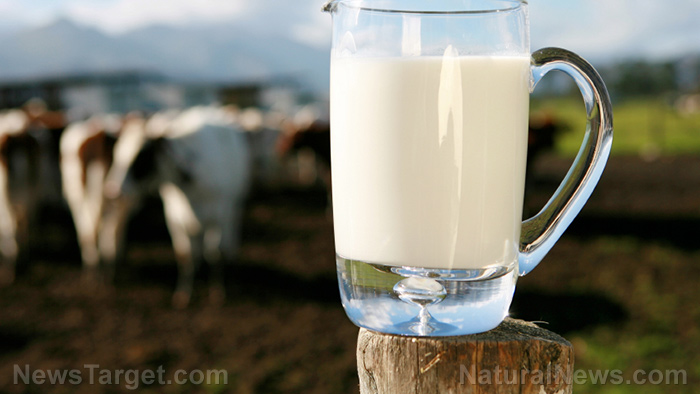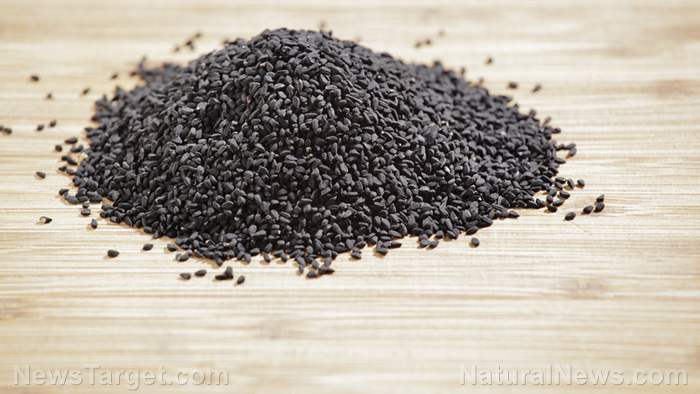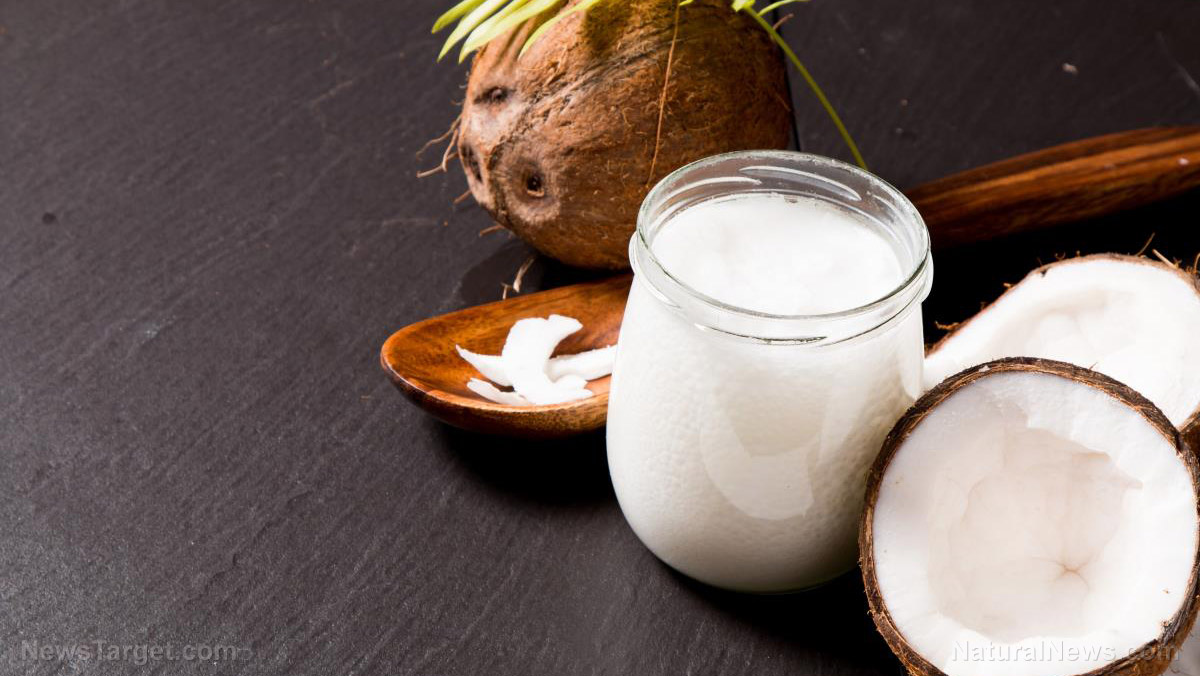Babies are less likely to develop a milk allergy when they drink milk from cows fed a natural diet
11/07/2018 / By Ralph Flores

Infants who have an allergic reaction to cow’s milk can benefit from those that were fed with an organic diet that is rich in retinoic acid (RA), according to researchers. The study, which was published in the journal Scientific Reports, looked the interaction between two components of cow’s milk – the vitamin A metabolite RA and the milk protein beta-lactoglobulin (Bos d 5) – can inhibit an allergic reaction.
While anyone can have a milk allergy, it is more frequently seen in infants. If an infant is allergic to milk, particularly cow’s milk, his body’s immune system thinks of the proteins in the milk as harmful and works hard to fight it. This causes an allergic reaction which can exhibit from wheezing, difficulty in breathing, diarrhea, hives, red spots, swelling, to even a drop in blood pressure that causes lightheadedness or loss of consciousness. (Related: Asthma explained by common allergy to milk and dairy products.)
In an allergic reaction, the body produces the Th2 lymphocytes, which are immune cells that produce antibodies that fight milk proteins – the most important of which is Bos d 5. “This special protein family is characterized by molecular pockets that can take in small molecules like retinoic acid, which is a metabolite of vitamin A,” according to first author Karin Hufnagl. “Our study showed that an ’empty’ milk protein supports the activation of Th2 lymphocytes and so initiates an allergic chain reaction.”
For this study, researchers from the Messerli Research Institute, Medical Univesity of Vienna, and the University of Vienna looked at whether the milk allergen beta-lactoglobulin (Bos d 5) can be loaded with RA and cause a difference in immune responses. To test this theory, bovine Bos d 5 was procured, together with RA. Using in silico docking, the geometry of Bos d 5 was studied. This was done by taking the crystal structure of its complex using RA.
Researchers found that Bos d 5 is able to bind RA, with differing results in the immune system for both the loaded (holo-) and empty (apo-) forms. When Bos d 5 is loaded with RA, it is able to inhibit an immune response. Moreover, the Th2 lymphocytes are unresponsive. On the other hand, apo-Bos d 5 displayed a clear immunogenic effect.
This is also an important factor in producing “allergen-free” milk for mass production. Compounds such as RA are lost in the defatting compound; therefore, Bos 5 pockets that are already loaded with RA are essential. Finally, industrial practices that encourage high-performance milk production such as that of “turbo cows,” may not properly load Bos d 5, rendering the process ineffective.
For Bos d 5 to “pocket” RA, however, it would require cows to receive an adequate supply of the vitamin, primarily through green fodder. Researchers are also uncertain that the natural effects of vitamin A can be replicated through synthetic means, such as those of dietary supplements.
“Artificial supplementation of a diet with vitamins may not achieve the same effect as natural agents and will likely result in inadequate loading of the milk allergen,” Hufnagl explained. “It is, therefore, necessary to supply vitamin A to an appropriate extent already during the keeping or feeding of the animals. This can be achieved, for example, by increasing the supply of green fodder. Corresponding follow-up studies must still be carried out, however.”
To learn more about food and how it benefits the body, go to Food.news today.
Sources include:
Tagged Under: active vitamin A metabolite, allergies, beta-lactoglobulin, immunogenic effect, milk allergen, milk allergy, organics, retinoic acid


















